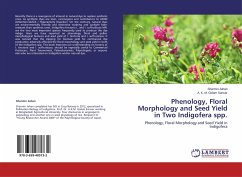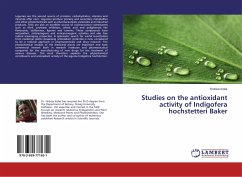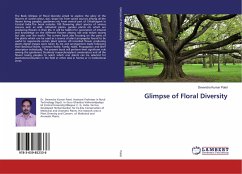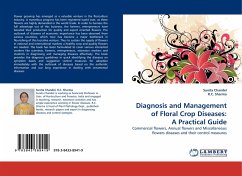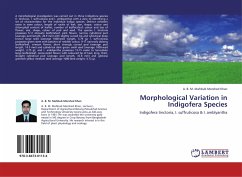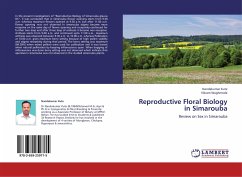Recently there is a resurgence of interest in natural dye to replace synthetic ones. As synthetic dyes are toxic, carcinogens and contributors to ADHD (Attention-Deficit / Hyperactivity Disorder). On the contrary, natural dyes are environmentally friendly and distinctive washing and sunlight fade-resistant than synthetic ones. Indigofera tinctoria L. and I. suffruticosa Mill. are the two most important species frequently used to produce the dye indigo. Here we have reported on phenology, floral and pollen morphological features and seed yield of I. tinctoria and I. suffruticosa. It was noticed that the clipping for biomass yield for commercial dye production adversely affected the floral morphology and seed yield in both of the Indigofera spp. This book improves our understanding on botany of I. tinctoria and I. suffruticosa, should be especially useful to Commercial Producers, Plant Taxonomists, Palaeobotanists, Palynologists, or anyone else who are interested on Indigofera and/or natural dye.
Bitte wählen Sie Ihr Anliegen aus.
Rechnungen
Retourenschein anfordern
Bestellstatus
Storno

